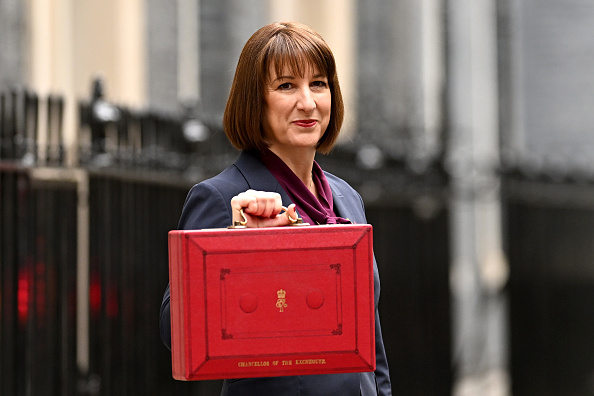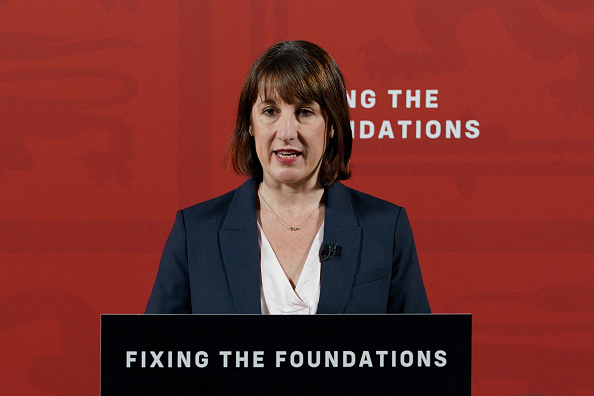In the wake of the Brexit vote which took the majority of investors by surprise, bridging lending in the UK suffered a rather unfortunate dive. However, confidence appears to be increasing once again, as reports confirm a significant increase in bridging lending to £4.2 billion in April.
The latest bridging index suggests that the damage done in the weeks and months following the independence referendum was fully repaired during Q1 2017. What’s more, the figures also suggest that the growth will continue at a steady pace for the time being at least.
‘We’ve seen a rise in bridging loan volumes as investors turn to alternative finance. The increase among smaller investors fits with the overall picture of residential market growth despite a jitter at the higher end of the market,’ comments Gary Latham.
‘The drop which followed the shock referendum result last summer was quickly recovered and this gives us confidence as an increasing number of commentators moot a slowdown in the housing market,’ he adds.
‘Indeed, we continue to predict that the bridging market will go from strength to strength. Market moves present an opportunity for investors and those looking to capitalise on this will be seeking out the financing needed to enable them to do so.’
Latham went on to state that the sharp spike in demand for alternative financial solutions serves as a warning for the industry to keep up. As more borrowers at all levels seek financial services that go against the usual High Street norms, lenders have little choice but to become significantly more flexible.
‘Whatever happens next, the industry needs to be ready with diverse and flexible financing options for property purchasers,’ he says.
‘The bridging sector has seen a fivefold growth in lending since 2011 and is well placed to take advantage of economic fluctuations, being able to adapt to changing needs as and when they emerge.’
It was also noted that the average value of bridging loans being provided in the UK has once again increased, attributed largely to record-low interest rates hovering below the 2 per cent mark.
However, the biggest uncertainty the market as a whole continues to face is the on-going unknown of the final Brexit result. As it stands, not even the most senior financial analysts can begin to predict what may or may not happen, if and when the UK leaves the EU in April 2019.
There are some who believe alternative financial options like bridging loans will enter a new era of importance, as conventional borrowing becomes more difficult and expensive. But at the same time, demand for loans among property developers and investors could shift dramatically in either direction.





